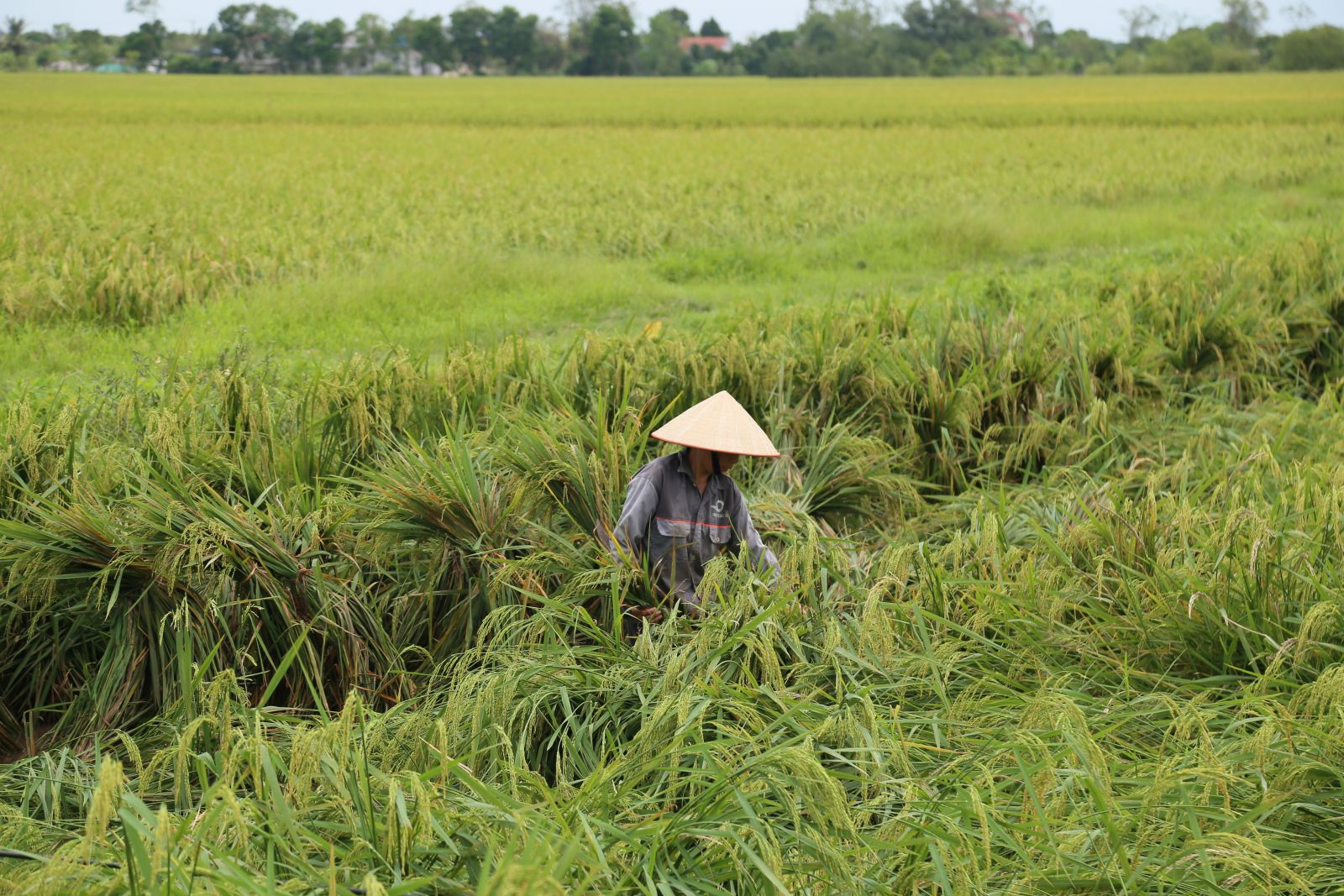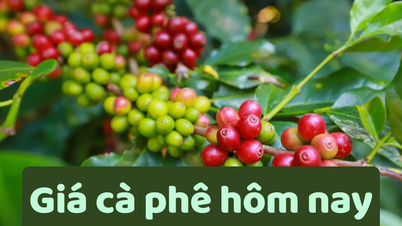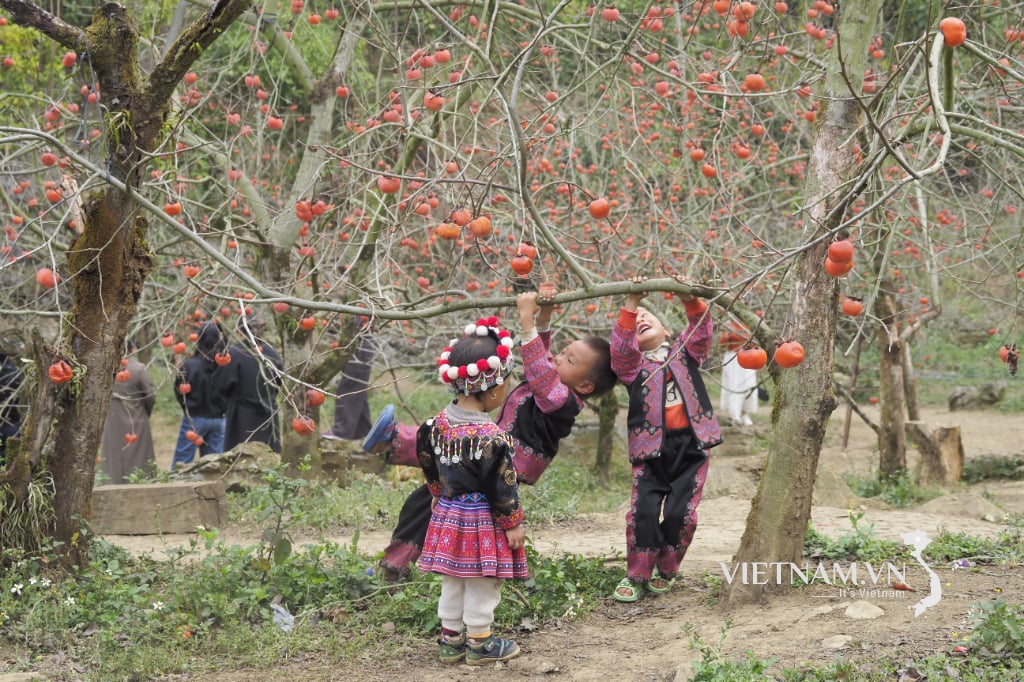According to the report of the Department of Agriculture and Rural Development, the impact of storm No. 3 and flooding have been and are threatening to cause serious damage to rice crops after September 5 in the province such as: flooding makes the roots and stems weak, after draining the water, the rice will continue to fall, reducing productivity and quality; flooding the rice panicles reduces the quality of pollen, the rice plants still flower and dry, but the rate of empty rice will be high, especially in sensitive rice varieties, the empty rice rate will be 30% or more. In addition, the phenomenon of rice panicle choking does not escape; leaf blight, bacterial stripe spots cause rice leaves to burn, reducing the ability to photosynthesize; brown spot disease, rice grain smudging, 2-spot stem borer, small leaf roller...
Farmers in Tan Tien commune (Hung Ha) erect and tie rice after it was knocked down by storms.
As of September 20 , the whole province will have nearly 60,000 hectares of flowering rice, of which 25,000 hectares of flowering rice before September 5, nearly 35,000 hectares of flowering rice after September 5. The area of flowering rice after September 20 is about 15,000 hectares. To protect the production of the Summer-Autumn crop and prepare all the best resources to deploy the production of the 2024 Winter-Autumn crop, the Department of Agriculture and Rural Development requests the People's Committees of districts, cities, and specialized agencies of the agricultural sector to urgently direct, deploy, and implement a number of contents:
For winter-spring rice production, urgently direct the assessment of fields, classify rice crops and immediately implement solutions to protect the yield and output of the 2024 winter-spring rice crop.
For rice that is flowering in August and is in the waxy ripening stage, it is recommended that localities check when conditions are suitable for harvesting, mobilize human resources and agricultural machinery to quickly harvest with the motto "green at home is better than ripe in the fields", creating land to develop winter crops when weather permits.
For the rice fields that have flowered but are not ready for harvest, after the water recedes, they will collapse or fall flat on the field. They need to be erected and tied (3-5 clumps/clump) to limit the rice flowers from being submerged in water for a long time, leading to sprouting; at the same time, pay attention to spraying pesticides to prevent brown planthoppers and brown planthoppers to limit the situation of rice ripening, causing the phenomenon of stagnant rice, affecting productivity.
For rice that has not yet flowered or has just flowered, the rice leaves are crushed and infected with bacterial leaf blight and streak disease. It is necessary to urgently spray to prevent bacterial leaf blight, streak disease, and grain smut to minimize damage.
For rice areas with crushed panicle leaves and the phenomenon of blocked panicle emergence, it is necessary to use preparations with high potassium chloride content to spray to promote rice emergence and increase the percentage of full rice grains.
Rice areas that flower late after September 20 must be sprayed with pesticides to prevent 2-spot stem borer and rice blast disease when the rice is early in flowering.
Continue to review and assess the impact of storm No. 3 on crop production, especially yield losses of rice crops that flowered after September 5. In case of yield losses, it is necessary to fully implement the provisions of Decree No. 02/2017/ND-CP on mechanisms and policies to support agricultural production to restore production in areas damaged by natural disasters and epidemics to support farmers in restoring production.
For vegetables, quickly harvest vegetables that can still be harvested and replant with short-term vegetable varieties to serve in time when market prices are high; make pots and grow seeds of warm-loving winter crops, take advantage of potting them in the fields when the weather permits to plant in time for the best planting season (before October 5); prepare seeds and select cold-loving crops that have advantages in Thai Binh (potatoes, sweet radishes, cabbage, herbs, etc.) to plant to serve the domestic market and export.
For perennial plants, clean up damaged tree residues early; at the same time, prune and care for them promptly; after draining the water, lightly hoe to break the crust to help the topsoil to be airy, repair root damage and regenerate new roots quickly; for orchards that are in the flowering and fruit development stages, spray foliar fertilizers containing Fe, Boron, Ca... to avoid cracking and falling of fruit; regularly monitor and take timely measures to prevent pests and diseases...
Source: https://thaibinh.gov.vn/tin-tuc/tin-kinh-te/tap-trung-cac-bien-phap-bao-ve-san-xuat-vu-mua-vu-dong-nam-2.html





































































































Comment (0)